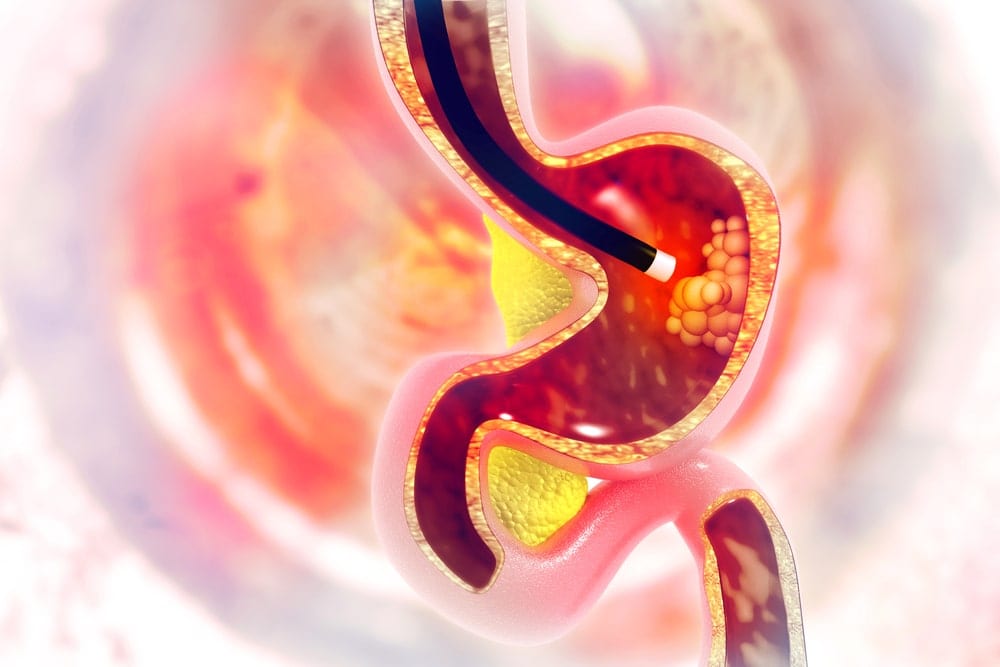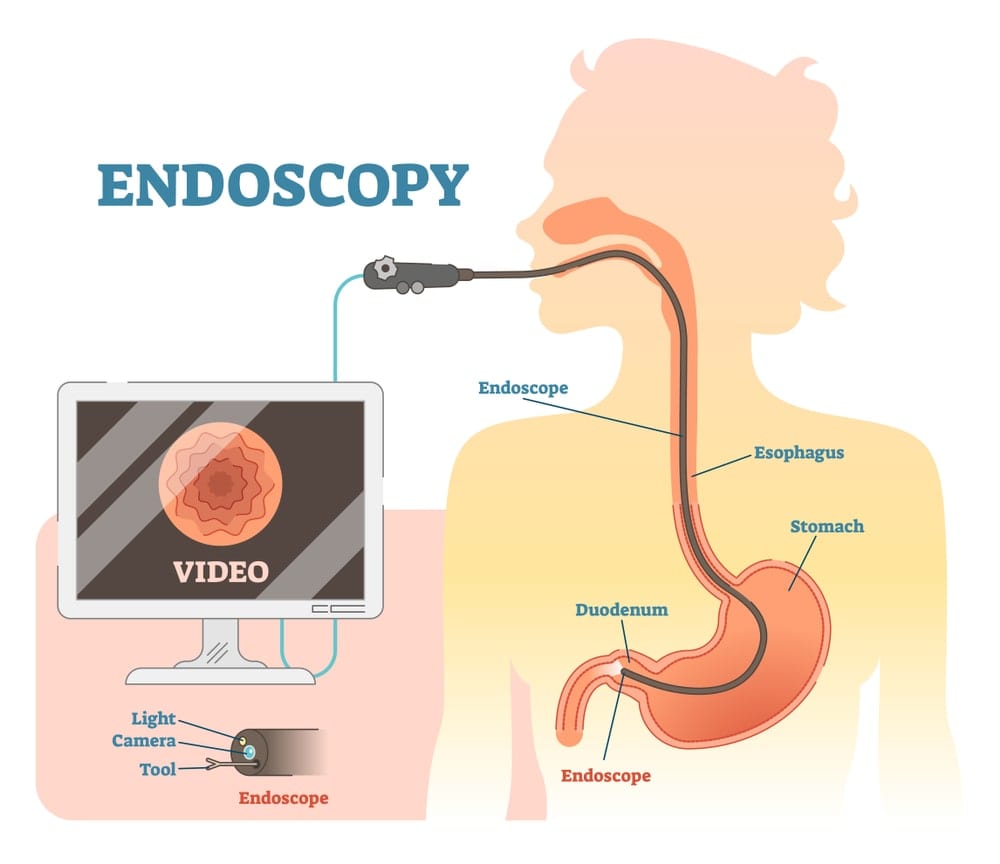Endoscopy
Endoscopy
Endoscopy is a medical procedure that allows the specialist to observe the inside of the body and provide the right treatment options. As a long flexible tube, the endoscope includes a lens at one end, along with a video camera that is used to examine the patient’s body. The tube’s lens is inserted into the patient to allow the light to pass into the tube to illuminate the relevant areas the specialist would need to examine. With a video camera, they can magnify the areas of concern to project it onto a television screen. This allows doctors to check and examine the underlying issues inside the body. Usually, an endoscope is inserted through the mouth, urethra, or anus.
Endoscopes are mainly designed for simple surgical procedures where you can:
- Know the location, sample, or ways to remove the tumor from the lungs or digestive tract.
- Locate and remove foreign objects that are in the lungs or digestive tract.
- Take small samples of the tissues for diagnostic purposes.
- Remove all the stones that are in the bile duct.
- Place tubes through the blockages that are in the bile duct, oesophagus, or colon.
The uses of different Endoscopes
Endoscopes are used for various purposes on different parts of the body. Each has its own name depending on the body part being examined.
- Bronchoscope – Inserted down the trachea (windpipe) for examining the lungs.
- Colonoscope –Inserted through the anus for examining the colon (bowel).
- Gastroscope – Inserted down the esophagus for examining the stomach.
- Duodenoscope – Inserted through the stomach to get clear results when inspecting and performing procedures on the bile duct or pancreatic duct.
- Hysteroscope – Inserted for examining the uterus through the cervix.
- Cystoscope and Ureteroscope – Inserted for examining the urinary bladder and ureters through the urethra.
Why Do Doctors and Specialists Recommend Endoscopy?
When there is a need to evaluate the issues associated with the esophagus, stomach, or duodenum, an endoscopy is performed. Symptoms include abdominal pain, vomiting, or nausea. Upper endoscopy is used to assist in treating various conditions, including benign growth such as polyps, retrieving objects swallowed accidentally, or treating the upper gastrointestinal bleeding.
What are the risks of endoscopy?
Endoscopy is a procedure that is performed by an expert with specialized training. This includes localized vein irritation where the drug is administered in response to the use of drugs or sedatives. However, the complication from pre-existing heart, lungs, or liver disease can cause bleeding to occur at the site of a biopsy or removal of the polyp. Bleeding is minor and no additional surgery would be necessary.









